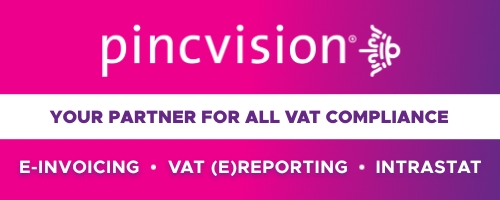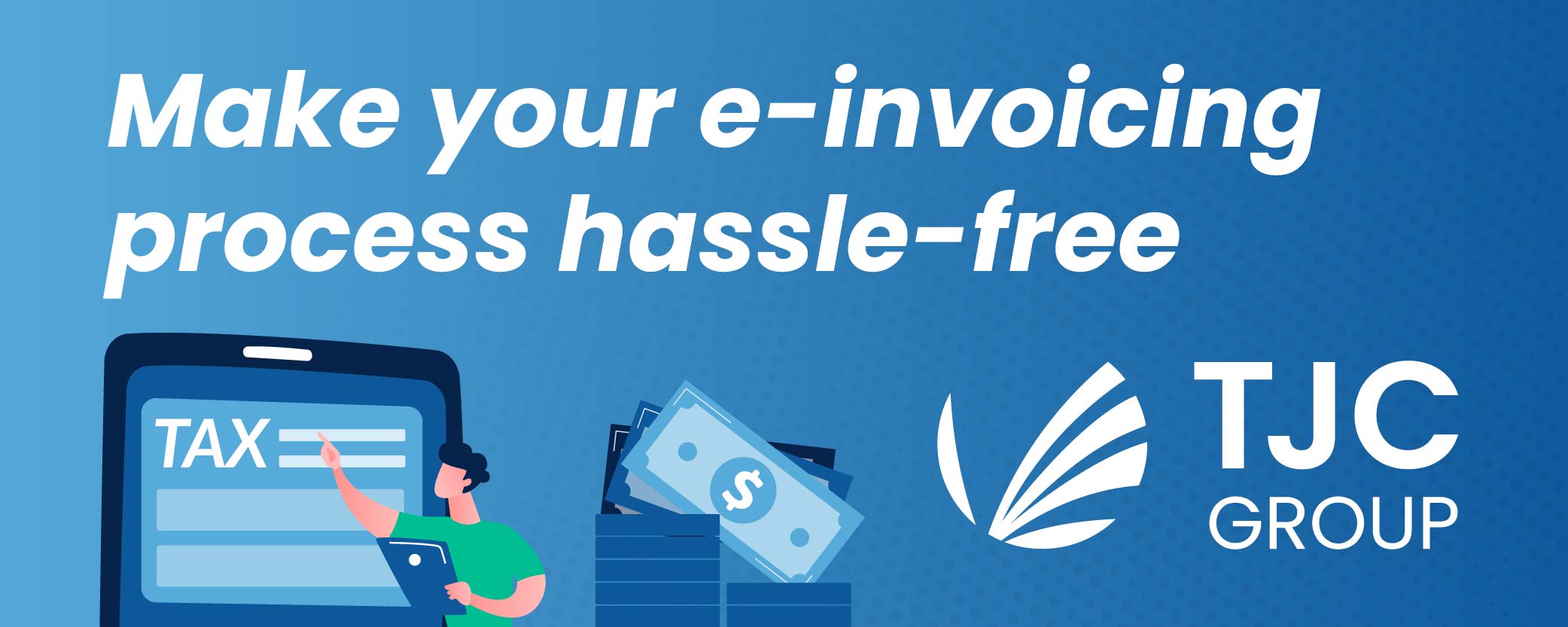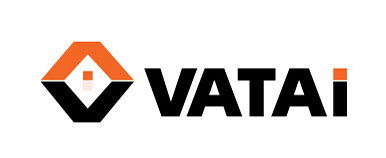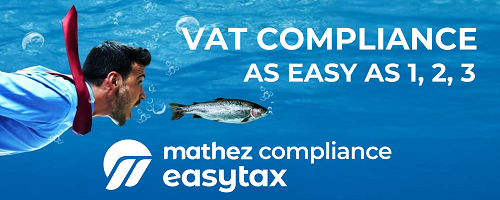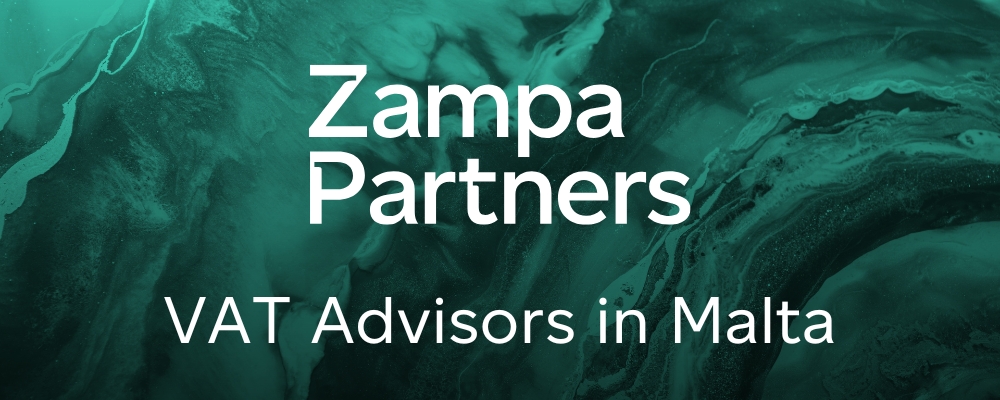- The paper examines the efficiency of the Value Added Tax as a revenue-raising tool and for non-revenue objectives
- Highlights the VAT’s ability to generate revenue with minimal distortions
- Emphasizes advantages over alternative taxes like turnover taxes and tariffs
- Discusses VAT’s role in minimizing cascading effects of input taxation
- Explores VAT as a macroeconomic policy tool, especially in counter-cyclical fiscal policy
- Considers VAT’s potential to address environmental and health objectives
- Concludes that a well-designed VAT is highly efficient for revenue-raising
- Cautions against misuse of VAT in industrial policy and unsuitable contexts
Source: imf.org
Note that this post was (partially) written with the help of AI. It is always useful to review the original source material, and where needed to obtain (local) advice from a specialist.






